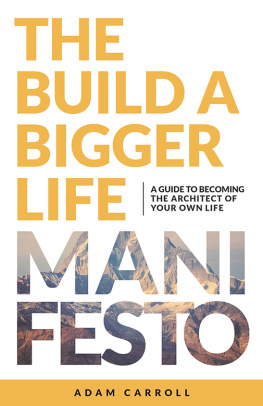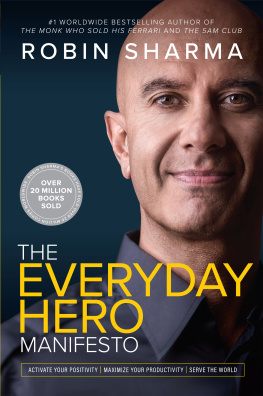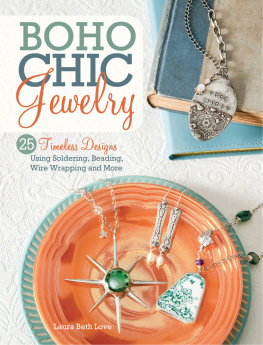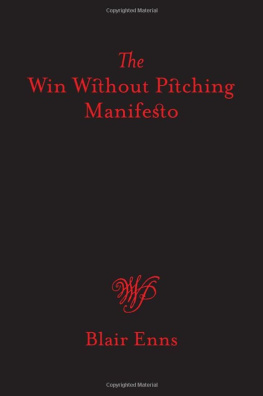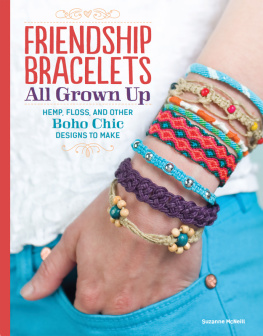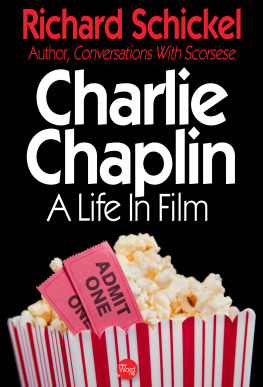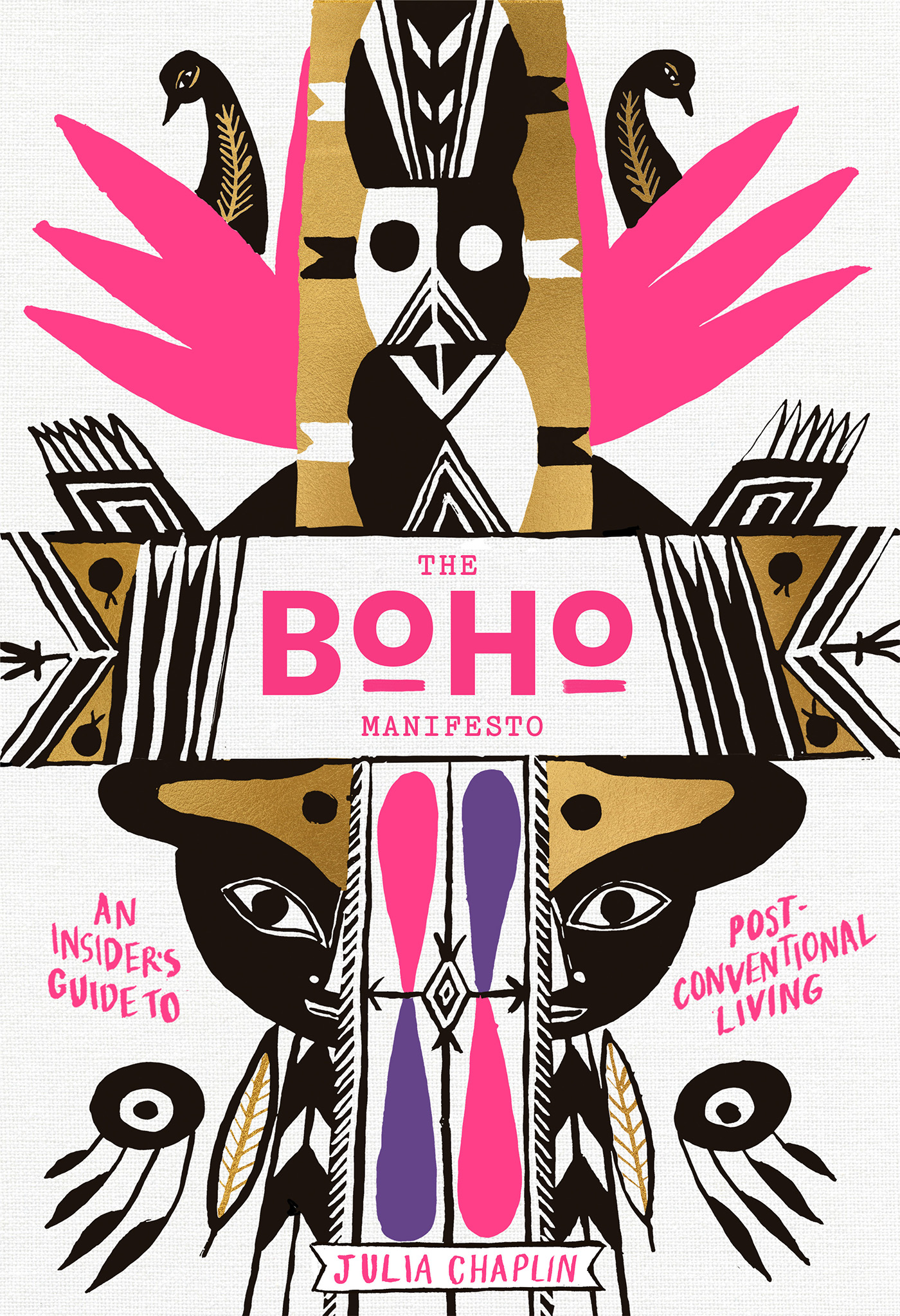
THE
B O H O
MANIFESTO
AN INSIDERS GUIDE TO POSTCONVENTIONAL LIVING
JULIA CHAPLIN

Artisan | New York
For Tuesday, my brilliant, intrepid explorer
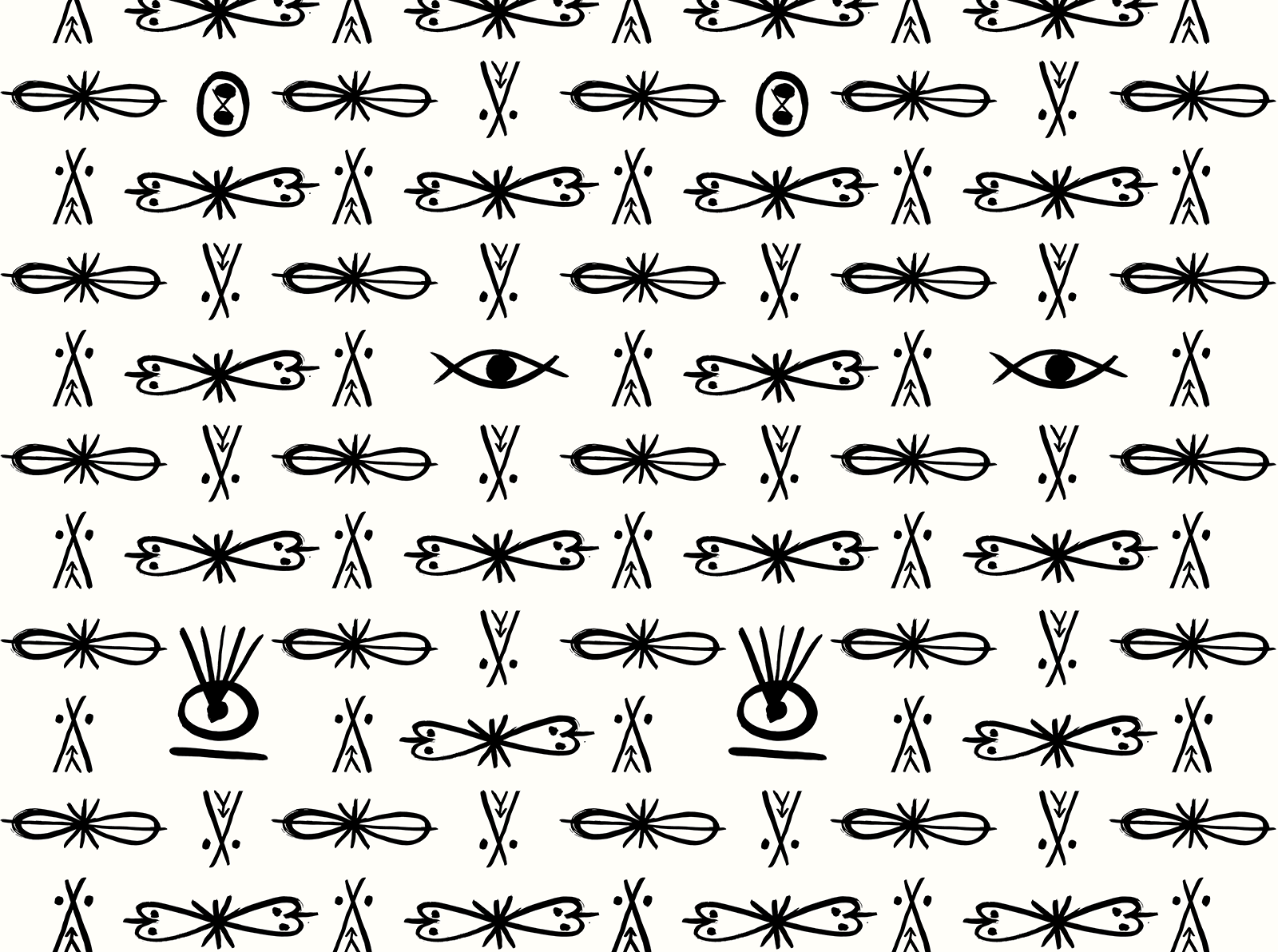
C o ntents
Whats So Newand Necessary About the New Bohemians, and Why I Joined the Tribe
Ayahuasca, Neuroscience, and the Art of Non-Doing
Type A Yogis, Polyamory, and Tantric Unicorns
Gypsetting, Turbans, Burning Man, and Festival Hopping from Bali to Brazil
Philosophical Farming, WWOOFers, and the New Hyphenated Cuisine
Tree Houses, Vacation Communes, and Dream Catchers
Hugs, Not Handshakes: The Rise of the Boho Entrepreneur
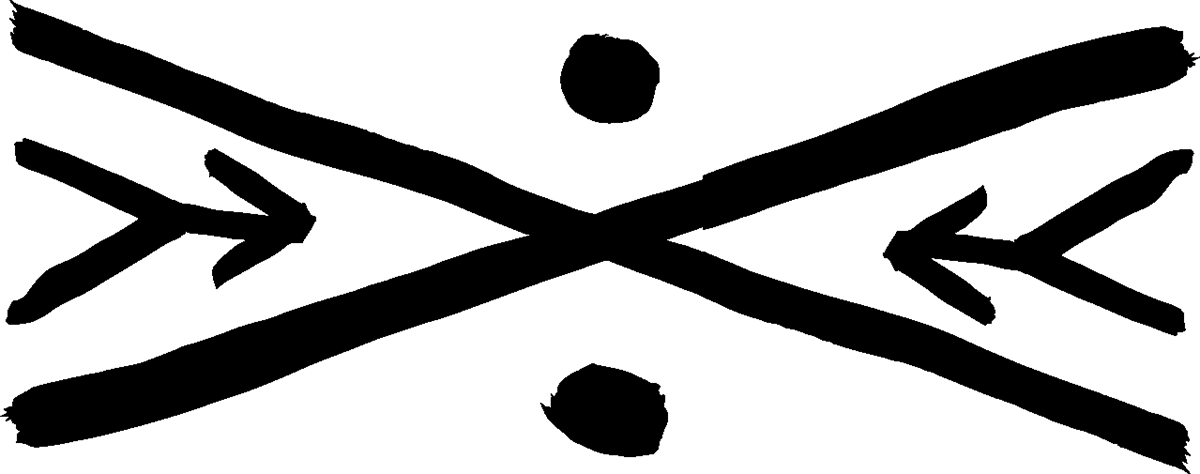

Introduction
The Bohemian Disruption Is Here
Whats So Newand Necessary About the New Bohemians, and Why I Joined the Tribe

We had a white VW van with a motor that sputtered so loud you could hear it coming from blocks away.
My parents were hippies, and we often lived commune-style in big run-down houses, each family staking out a section of rooms. We moved every couple of years: to Cambridge, Massachusetts; Washington, D.C.; Key West, Florida; the Bahamas; and Mexico. When I was caught breaking rules in high school, instead of getting in trouble like normal kids, I was dragged to my mothers astrology circle. We can understand why you snuck out and lied about going to the concert, theyd say sympathetically, looking over my birth chart. Mercury was in retrograde. My mom was newly into health food; she would spend hours making tofu in the kitchen one day, but the rest of the week wed eat Wendys cheeseburgers and take-out from Pizza Hut. In retrospect, my parents were just experimenting with the new age philosophies of their time. Theyd rejected their own conventional upbringings in claustrophobic, preppy Northeast society but hadnt figured out what to replace it with for my sister and me. So it came out half-baked. And naturally I wanted nothing to do with any of it.
I did love the freedom of it all. Compared to most of my friends, I had hardly any restrictions. And so as an adult, I moved to Manhattan and sought out the glamorous, fast-paced world of fashion, writing for the New York Times, Elle, Vogue, and other publications. But at some point, all the reckless parties and heavily promoted products seemed a bit pointlessmostlyand I began to search for something more. I took up yoga, started attending Burning Man, and learned to surf. I traveled around the world seeking remote, bohemian enclaves where counterculture types were rejecting conventionality and living life on their own termssort of like my parents, only better because now it was my experiment. I wrote a book series about it called Gypset, a word I made up that means gypsy + jet set, an attempt to fuse my hippie upbringing with my adult life and create something uniquely me. A full-fledged identity search.
I was changing, but so was the world around me. Now freelancers with laptops (my life for over a decade) were called entrepreneurs. Shamans became as common as therapists. Marijuana was referred to as cannabis and began to be legalized. People were questioning materialism and crafting a new aspiration of spirituality and healing of the ecosphere.
In other words, the world was becoming more bohemian. Which is why I decided to write this book, The Boho Manifesto: my attempt to pull all of these seemingly disparate elements neuroscience, tantra, permaculture, barter economytogether and try to find my place in it. It was the neoAge of Aquarius I had been both waiting for and avoidingthere were so many commonalities with my upbringing. Is AcroYoga cool or silly? What even is AcroYoga? There was only one way to find out.
And so I began my immersion. I microdosed. I joined a weekend farming community in upstate New York and planted oats barefoot in the dirt in accordance with the lunar calendar. I attended an ideas festival and learned about Mars colonization and AgTech (agriculture technology). I spent seven days in silence at a Buddhist meditation retreat. I read self-help books and pored over TED Talks on YouTube. I learned the difference between entheogens and adaptogens. I even came up with a few of my own ideaslike microgurus (the concept is that now everyone can be a small-scale guru). But the more I did, the further I got from being done. The new bohemian landscape just kept growing. Of course, this made me happy as it only confirmed that I was on the right track. But it didnt answer my question about whether I thought it was all ridiculous or profound. Because the answer is that its both. Which is why the contemporary bohemian movement is both compelling and perplexing.
But what does bohemian even mean? By definition, bohemians are unconventional people, people who question rules and practices and attempt to come up with something new and better. Or at least test the limits. The word originated in Paris in the 1800s when it was believed incorrectly that Romani people reached France via Bohemia, the western part of the Czech Republic. In Paris, many of the Romani lived in poor, marginal neighborhoods; when a new group of starving artists took up residency alongside them, they were referred to as Bohemians. Henry Murger documented this in Scnes de la Vie de Bohme, published as a collection of short stories in 1845. They are a race of obstinate dreamers for whom art has remained a faith and not a profession, Murger wrote of his bohemians.
Other bohemian time periods included the 1920s in Paris and the 1950s, when Beatnik writers Paul Bowles, Allen Ginsberg, and Jack Kerouac hung out in Greenwich Village, North Beach, and Tangier. The hippie era of the 1960s and 70s was the last great bohemian epoch, the one that most directly inspired this book. The hippies sought to overthrow a hypocritical and outdated society by supporting civil rights, womens rights, gay rights, and protests against the Vietnam Wardriven by a search for new and more authentic forms of spirituality, often from Eastern traditions. And much like my parents, the hippies were good at protest and rejection but less adept at coming up with solutions.
The world found in the pages of The Boho Manifesto began in the wake of the global economic crash in 2008 that corresponded with the rise of social media, smartphones, and a start-up mentality. The traditional corporate structure began to fade, and in its place, a new DIY mind-set emerged. Meanwhile, the planetary and social problems that the hippies began to address hadnt gone away; theyd only escalated. But this time around, a new generationorganized, wired, and seeking consciousnessis attempting to tackle them. Revolution-aries are now simply called disruptors.
The biggest difference between now and the 1960s is that bohemians arent fringe anymore. People work within the system, they dont drop out of it, and if they do, they are likely doing it on social media with a couple million followers. What used to be a guru might now be called an influencer. Unlike Murgers bohemians in Paris, this group likes money. In fact, bohemianism is big business. In his 2000 book,
Next page

